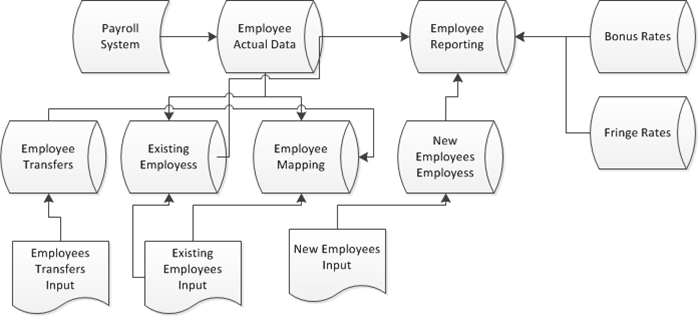Tag Archive for: IBM Cognos TM1
https://www.ironsidegroup.com/wp-content/uploads/2016/09/Breakdown-Warning-Resized.jpg
350
750
Ironside Group
https://www.ironsidegroup.com/wp-content/uploads/2018/03/logo-with-words.png
Ironside Group2016-09-16 21:09:152019-01-22 11:52:45Ironside Uncovers TM1 SSL Certificate Expiration Issue
https://www.ironsidegroup.com/wp-content/uploads/2015/02/Stacked-Stones-Resized.jpg
350
750
Michael Vollmer
https://www.ironsidegroup.com/wp-content/uploads/2018/03/logo-with-words.png
Michael Vollmer2015-02-03 10:06:502018-07-16 09:51:03Alternate Hierarchies vs. Ragged Hierarchies
https://www.ironsidegroup.com/wp-content/uploads/2014/11/Crowd-of-People-Resized.jpg
350
750
Ironside Group
https://www.ironsidegroup.com/wp-content/uploads/2018/03/logo-with-words.png
Ironside Group2014-11-03 11:04:202019-01-22 13:19:19Ironside Webinar Series: Robust Workforce Planning Enablement with IBM Cognos TM1
https://www.ironsidegroup.com/wp-content/uploads/2014/10/Colorful-Boat-Resized.jpg
350
750
Ironside Group
https://www.ironsidegroup.com/wp-content/uploads/2018/03/logo-with-words.png
Ironside Group2014-10-06 11:42:222019-01-22 13:19:36Driver-Based Compensation Planning in IBM Cognos TM1
https://www.ironsidegroup.com/wp-content/uploads/2014/10/Wrench-Resized.jpg
350
750
Ironside Group
https://www.ironsidegroup.com/wp-content/uploads/2018/03/logo-with-words.png
Ironside Group2014-10-06 11:40:192019-01-22 13:19:48Debugging TM1
https://www.ironsidegroup.com/wp-content/uploads/2014/06/Man-Seeing-Stars-Resized.jpg
350
750
Scott Misage
https://www.ironsidegroup.com/wp-content/uploads/2018/03/logo-with-words.png
Scott Misage2014-06-02 13:17:532019-01-22 13:23:41TM1 Stargate Views Explained
https://www.ironsidegroup.com/wp-content/uploads/2014/03/Bird-Migration-Resized.jpg
350
750
Ironside Group
https://www.ironsidegroup.com/wp-content/uploads/2018/03/logo-with-words.png
Ironside Group2014-03-31 11:58:252019-01-22 11:54:55Why Migrate from IBM Cognos Planning to TM1?
https://www.ironsidegroup.com/wp-content/uploads/2013/10/Sunrise-New-Day-Resized.jpg
350
750
Ironside Group
https://www.ironsidegroup.com/wp-content/uploads/2018/03/logo-with-words.png
Ironside Group2013-10-01 10:57:082019-01-22 13:26:52Some of What’s New in IBM Cognos TM1 10.2 Performance Modeler
0
0
Ironside Group
https://www.ironsidegroup.com/wp-content/uploads/2018/03/logo-with-words.png
Ironside Group2012-05-30 16:15:142019-01-22 14:07:51Performance Management Best Practices Roadshow
0
0
Ironside Group
https://www.ironsidegroup.com/wp-content/uploads/2018/03/logo-with-words.png
Ironside Group2012-02-07 14:04:082019-01-22 13:48:42Managing SKIPCHECK and Feeders in IBM Cognos- Part II



